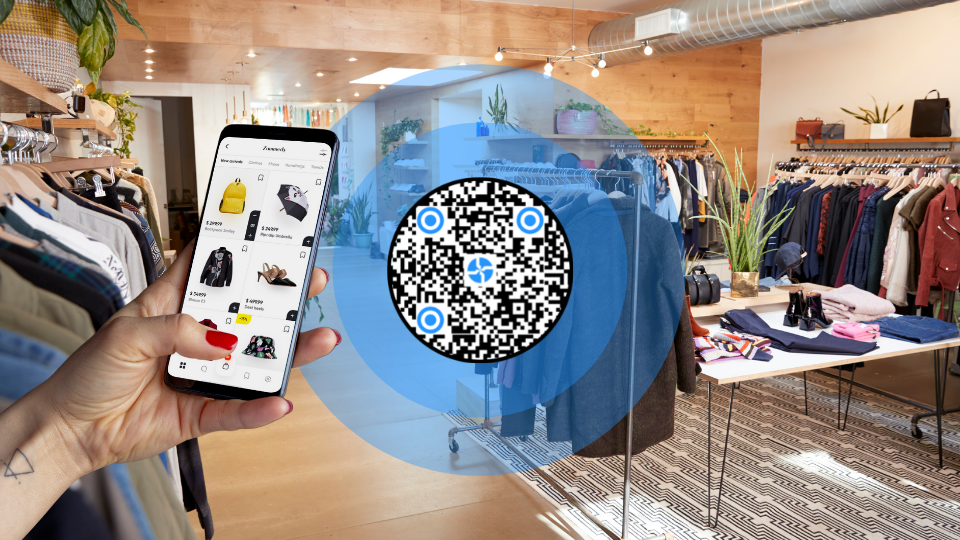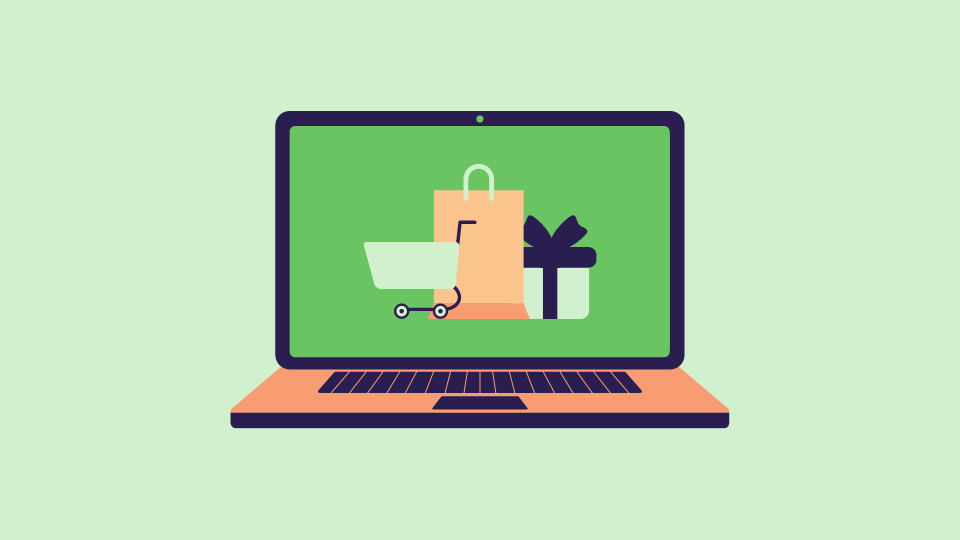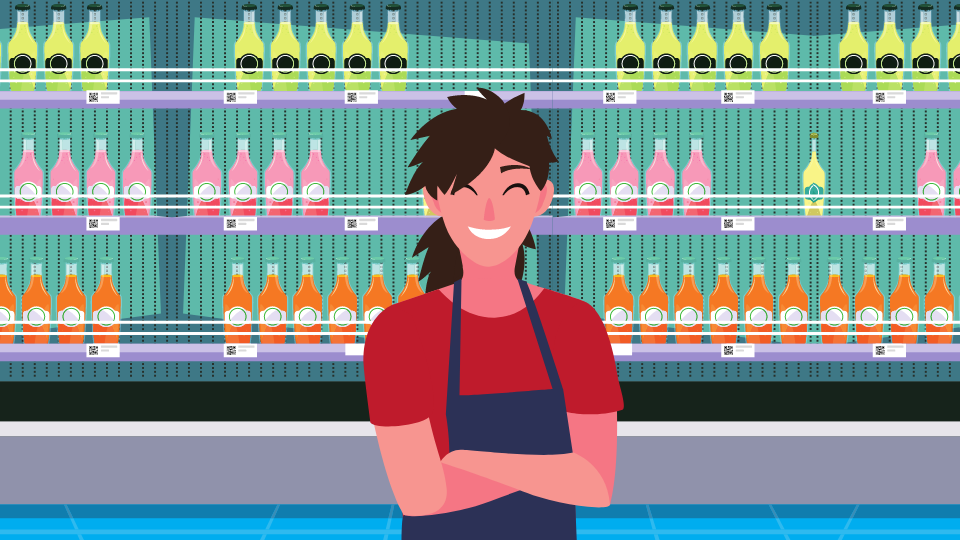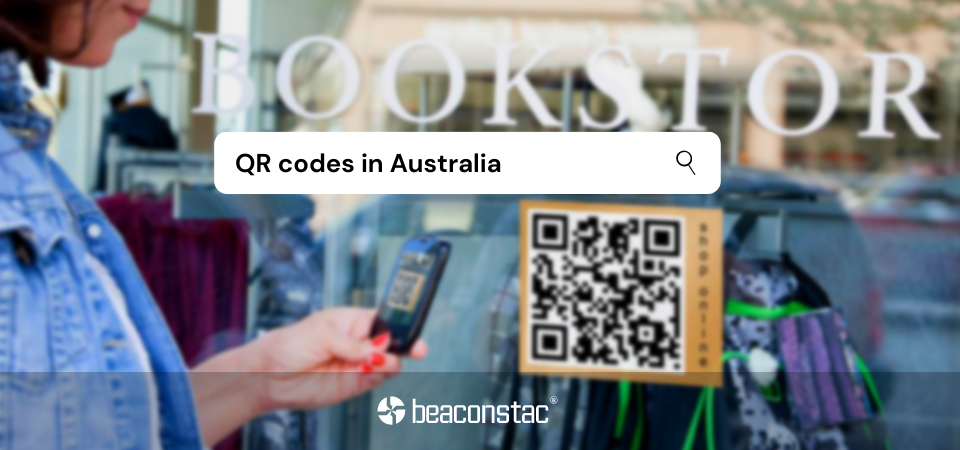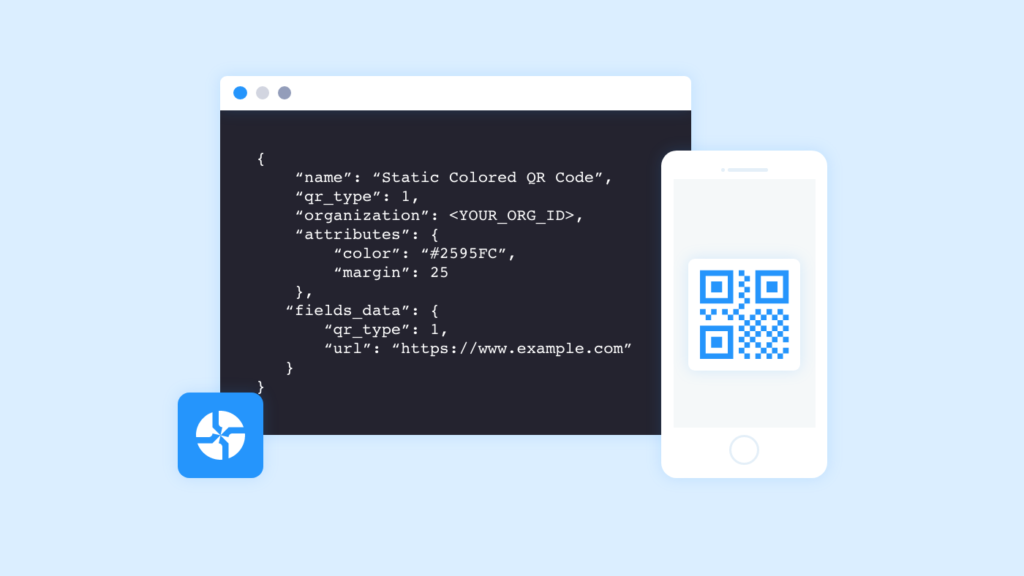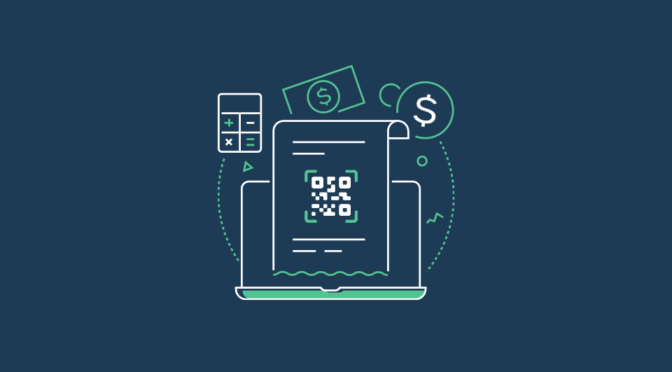Schools and universities were forced to convert to online-only courses since mid-March while struggling with a myriad of other issues, especially in the paradigm of finances.
Gaidi Faraj, Dean of African Leadership University says, “COVID-19 has forced us all to reimagine how we deliver an engaging and holistic learning experience for students. While it presents a challenge, it also presents a massive opportunity to break out of old habits and create new, impactful, relevant modes of learning using technology.”
California’s State University System, the largest in the United States, canceled classes for the fall semester because of COVID-19. Soon, other states will also follow suit since reopening schools carries the public health risk of viral resurgence.
System leaders across the globe are grappling with three crucial questions to get their students back into the classroom –
- When should schools and universities reopen?
- For which categories of schools and staff should schools reopen?
- What health and safety measures should schools adopt upon re-opening?
Although there is no right answer to these questions, switching to contactless solutions can help monitor and establish safe environments for students and the staff.
Leverage contactless solutions for safe re-opening of schools and universities
1. Contactless IDs for attendance
The campus card or the ID card is probably one of the most touched items in a student’s wallet. Depending on the school’s one-card program, it might be used for getting access to buildings, libraries, and dining halls.
Switching to contactless solutions such as NFC tags and QR Codes limits the number of times a student swipes their card, while also improving the security system.
Although several universities and schools still use magnetic stripe technology as their campus card, it is not only less secure, the magnetic stripe is not contactless.
Duke University, The University of Alabama, and the University of Oklahoma already have NFC-enabled ID cards for their students.
At universities, students are equipped with smartphones that come with an in-built NFC-tag reader and a QR Code reader. University administrators can opt for an NFC tag outside each department where students can simply tap their smartphones to mark their attendance, borrow books, and even exit a building.
At schools, where students are not equipped with smartphones, the authorities can hand out an NFC-tag enabled ID card to mark their attendance, access dining rooms, and even libraries. FoxLMS seamlessly integrates such technology to enhance the learning experience.
Read how QR Codes can be used in schools and classrooms for enhanced learning
2. Enable contact tracing
From libraries to the recreational center to the main entrance of the hall, a number of students and staff come in contact with openings all over the campus hundreds of times a day.
In addition to shifting to contactless technologies to minimize human contact, it is imperative to make use of QR Code contactless visitor form to learn any persisting symptoms of students and the staff, and their recent travel history to alert the authorities in case of a suspected infection.
Place QR Code contact tracing forms outside main departments so students can scan the QR Code to fill in their health status. In case of an infection, the school must be equipped with an isolated room with special medical supervisors to transfer the infected ones to the closest testing center.
3. Contactless food ordering
According to NutriSlice, 85% of students said they are extremely concerned about how they will order and pay for their meals safely.
And, 80% of them said that they would be more likely to order food from an on-campus dining venue that offers digital ordering and payment options that limits contact with the dining staff.
Among the preferred contactless options, students cited digital menu boards with QR Code menus (44%) that eliminates the need to handle a physical menu, smart takeout lockers, and pop-up pick up locations around campus.
Campus retail dining outlets can be adapted to contactless ordering via QR Code menus or contactless takeouts, and even complete the payment within the same gateway.
Residential dining facilities operating under the traditional fixed meal models may have some adjustment challenges. At schools and dining halls where this is the norm, contactless ID cards can be used to alert the dining staff when a student is waiting at the aisle and keep it ready for them. The student can then tap their contactless ID card at the counter to mark themselves or complete their payment.
Read how QR Code menus are used at restaurants to boost sales
4. Contactless assistance for wayfinding
The University of Oklahoma turned to beacons to help students find their way around their sprawling 400,000 square foot main library building via its NavApp beacon application.
School and university libraries are often enormous in terms of space, and thus, most often, need constant assistance to guide students and staff to locate the book they need.
With limited staff on-premises, and establishing contactless solutions to minimize human contact, it is necessary to work their way with assistance round-the-clock efficiently. Beacons can be placed at aisles that encompass different subjects and send a relevant notification to students alerting them about it.
Beacons and geofence can be set up at not just libraries, but at parking lots as well. The technologies can assist students and staff of an empty spot, or if the desirable parking lot is occupied by sending a notification to their smartphones when they enter the area.
5. Contactless engagement
Strengthening student engagement varies beyond access to more than just using the learning management system for course delivery. Schools and universities can reinforce engagement via academic success workshops, webinars, and asynchronous conferences.
In addition, schools and universities will need to maintain online access to other areas of student support, including counseling services, academic support resources, and disability services.
Additionally, course delivery also includes study materials, ebooks and PDFs that each student requires access to. In such cases, QR Codes can help share and have students download these materials.
Also read: Here’s how to create a QR Code to download a file.
Delta College has moved its counseling services online, and the Florida State University Student Resilience Project is an online resource promoting mental health and well-being for at-risk students who may be isolated at this moment.
Utilizing a video or audio conferencing for advising appointments, synchronous office hours for faculty and students, and organization meetings also help.
When the doors reopen, place NFC tags at every department building so students can tap their ID cards or smartphones to communicate with the administrators and discuss any persisting issues.
Read how the adoption of NFC can help the post-COVID world
6. Distance learning
When the lockdown was first announced, close to 1.5 billion students of all primary, secondary, and tertiary learners in the world were no longer able to physically attend a school.
Universities and schools have quickly shifted to virtual classrooms by making use of video-conferencing apps such as Zoom, WebEx, and Blackboard to keep the momentum going. Moreover, many of these institutions have been integrating video conferencing solutions into their platforms, utilizing Twilio video alternatives like Dyte to ensure a seamless and accessible communication experience.
The adoption of online technologies in recent months has been unprecedented. To facilitate this transition, many institutions are turning to advanced LMS platforms for education that offer seamless integration with video-conferencing apps and other essential tools.
Post-COVID, online education will be considered as core to every school’s plan for institutional resilience and academic achievement. Previously decentralized and distributed online course development functions will soon be centralized, subject to institutional planning, and cross-campus governance.
However, distance learning can spark partnerships between various institutions, online education companies, and tech providers that may continue even beyond the pandemic and help with the efficient running of schools and universities. It can also generate a vast amount of online resources and materials through platforms such as Studocu that will benefit student learning in different ways. From information about student aid grants & financial assistance to curriculum info and course notes, these resources will be increasingly shared online.
Going forward, contactless solutions will the new norm
If anything, the pandemic has shattered the stereotype that educational institutions are slow to respond to change and wedded to tradition. On the contrary, institutions have pivoted quickly and successfully to embrace new pedagogical approaches to safeguard their students and staff.
A recent survey by the American Council of Education, a higher education membership organization that represents more than 1,700 colleges and universities, found that 53% say it’s “very likely” that their institution resumes in-person classes for at least some portion of the fall term.
With many schools and universities slated to reopen in the fall-term, getting back to normal will take time. Moving to contactless solutions and touchless access controls may not solve hardships, but these are important tools that will establish safe environments for students and the staff.
-
With brands expanding their presence on omnichannel platforms to reach more audiences, learn how QR Codes help brands sync their online and offline marketing strategies to close the loop seamlessly.
-
Trying to build a loyalty program for your brand? Look no further! Check out this complete guide on the best customer loyalty platforms to help pick the best one and foster long-term brand loyalty effectively.
-
Struggling to improve in-store sales and shelf performance rate for your brick and mortar retail store? QR Codes for planograms are the answer you’re looking for.
-
Looking for a design software that fits your requirements? Check out this detailed guide on product packaging design tools with helpful information on how to create an effective packaging design.
-
What led to the surge in the usage of QR Codes in Australia? Is it because of contact tracing or payments? What does the future hold? Let’s find out.
-
Want to know how to add a QR Code API to your app without complex troubleshooting? Read to find out!








